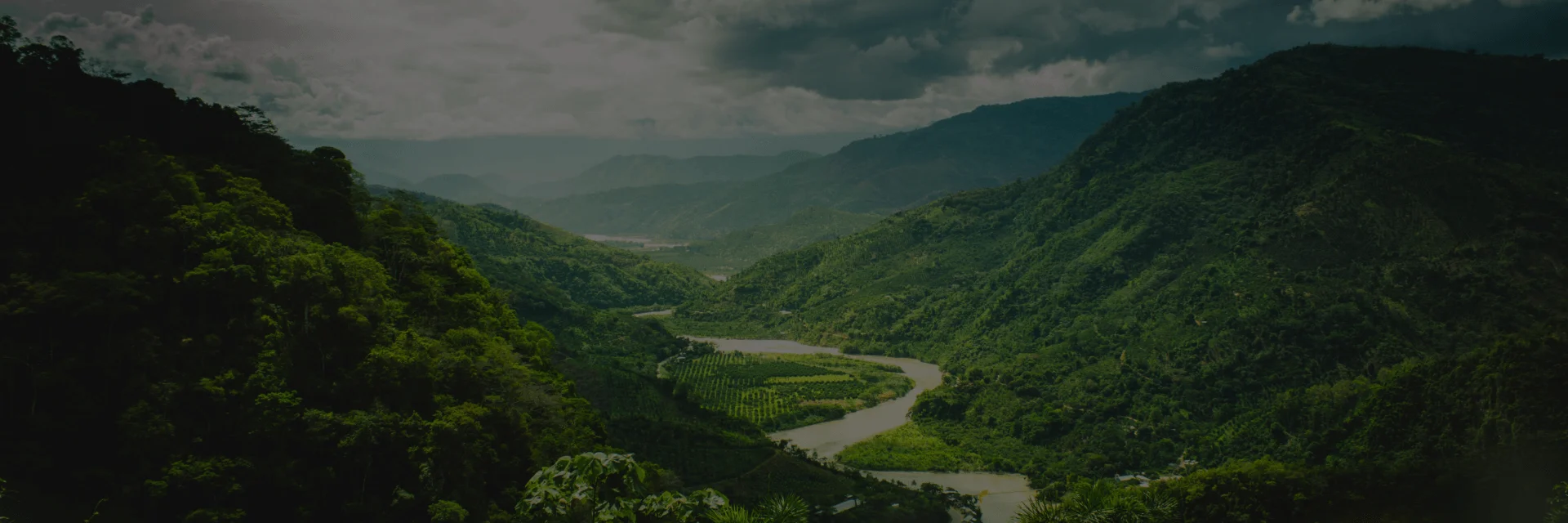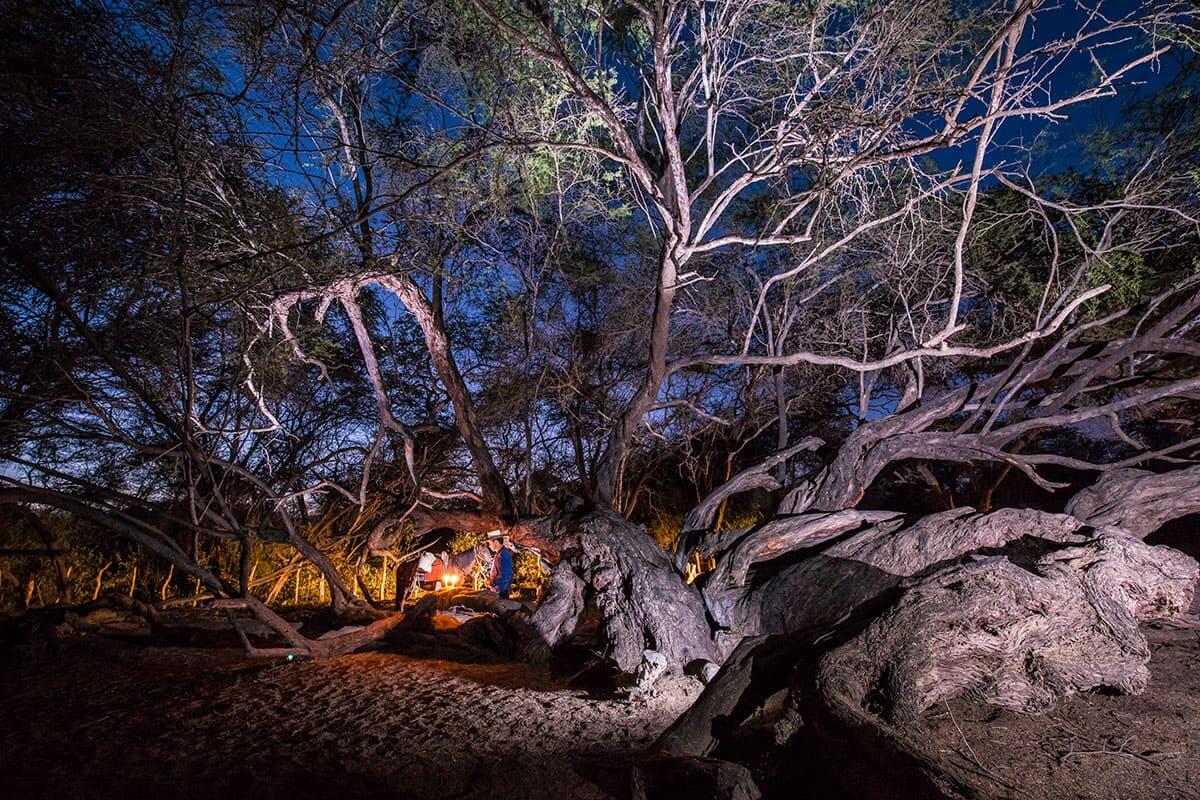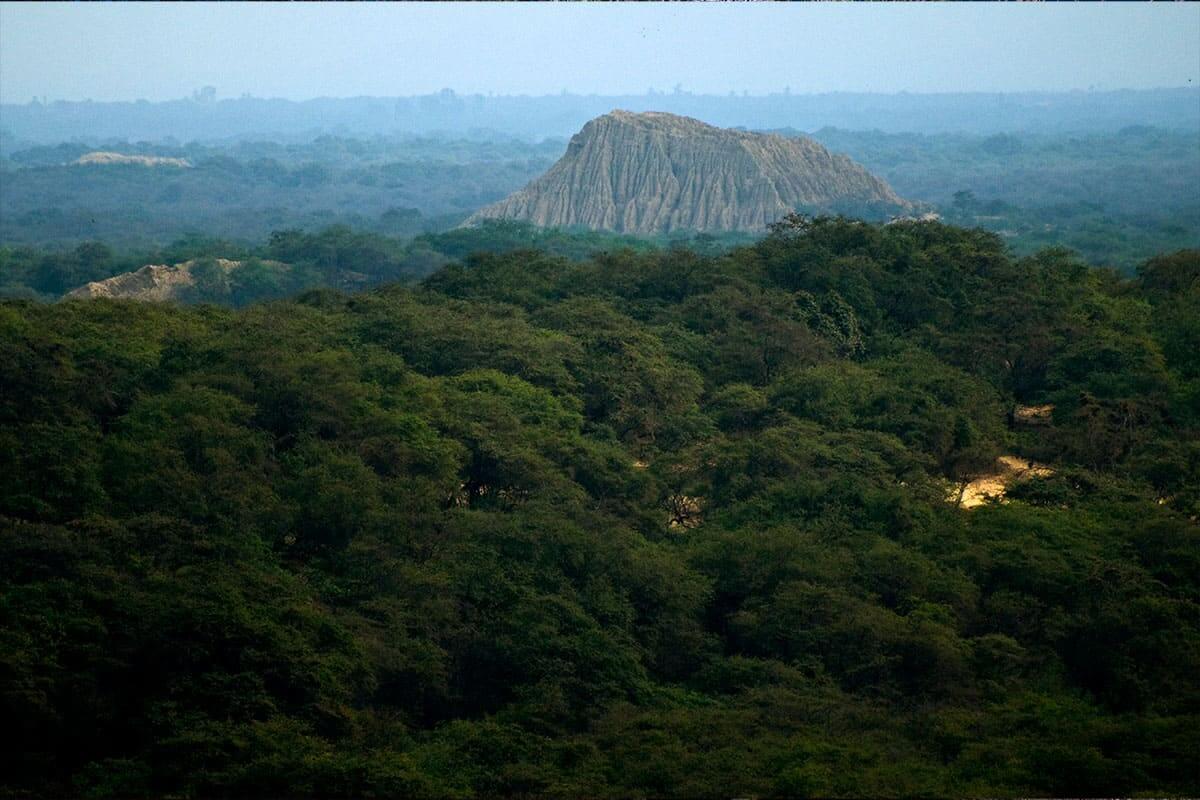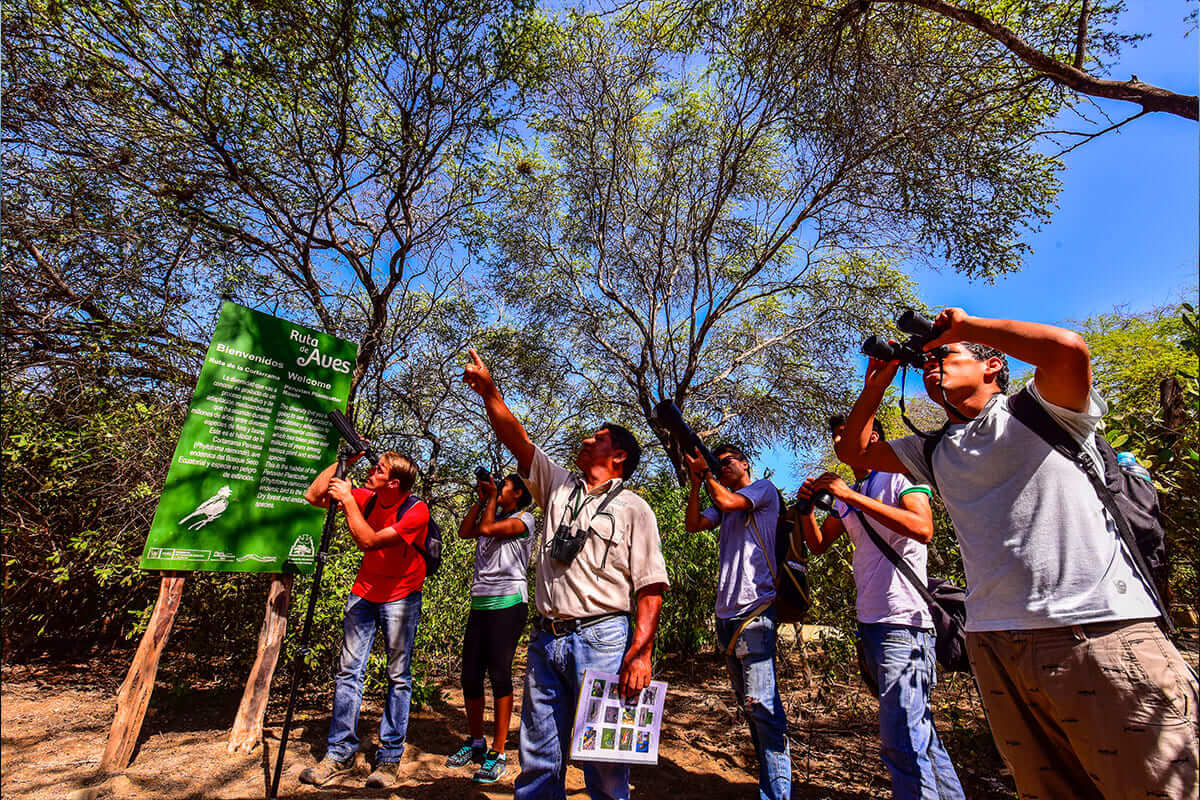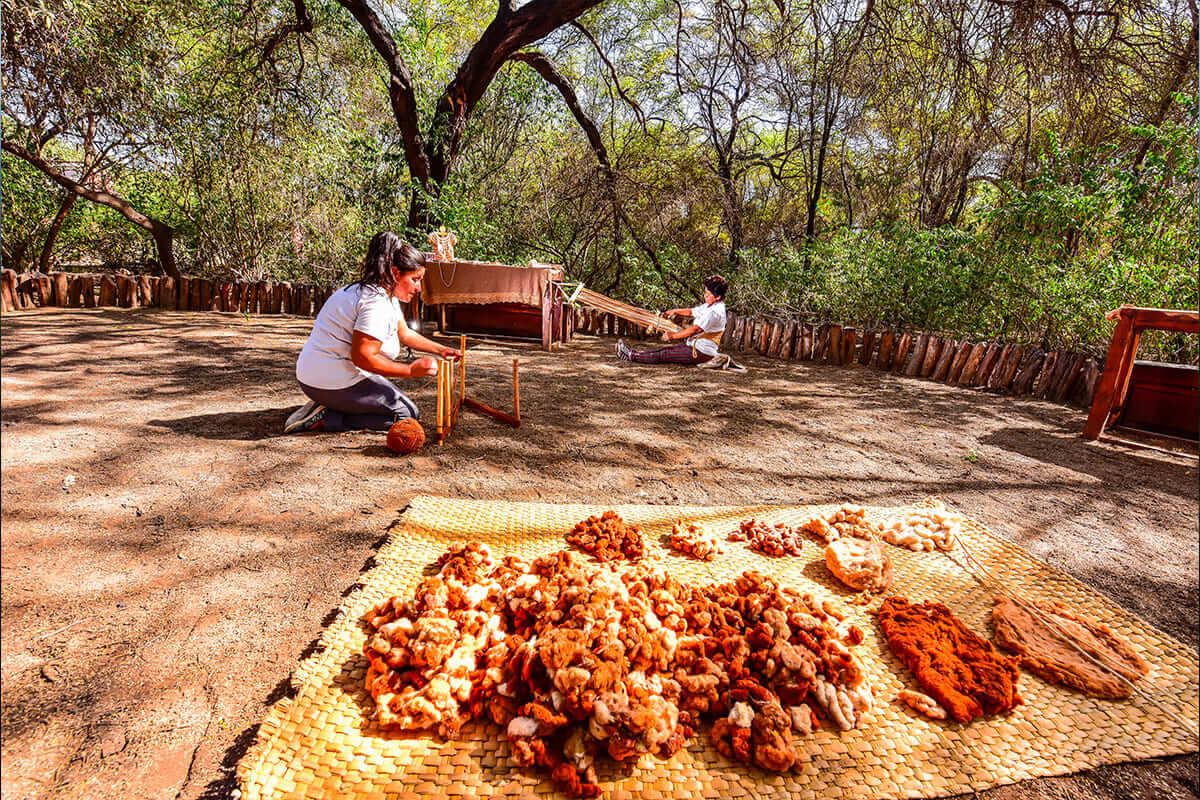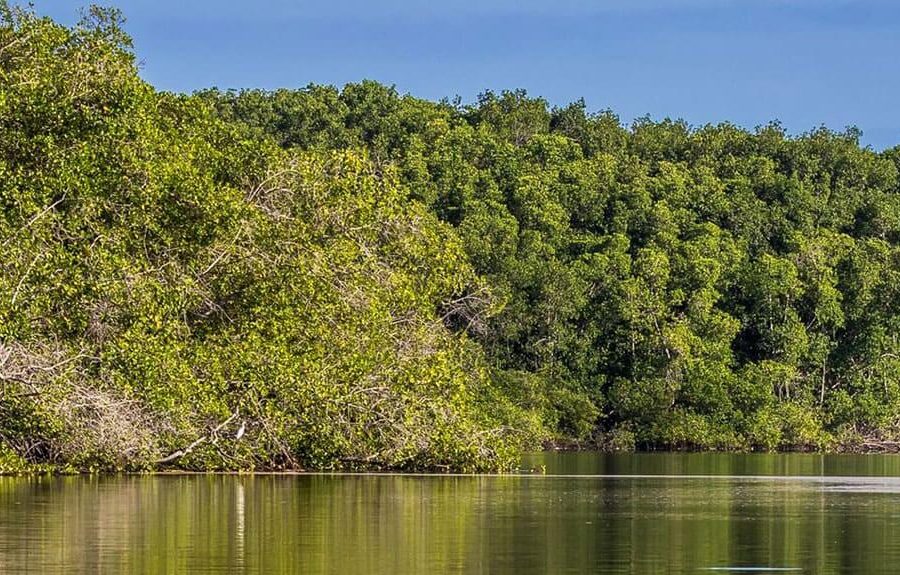Location
Province of Ferreñafe, Department of Lambayeque.
 Search in Map
Search in Map
 Alerts
Alerts

The magic of an ancient forest, nature and history come together in the dry forest in an adventure that will allow you to discover the bond between the ancient Peruvians and their environment. In the middle of the last dense dry forest of carob trees in Peru, you will learn about the magic and mystery of the Sicán Kingdom, which developed in northern Peru between 900 and 1100 AD., as well as its enigmatic adobe pyramids and the amazing landscape in which they developed.
For bird lovers, Pomac is an essential place. This tourist destination will allow you to know the best of the culture, the people, and its unique gastronomy.

Province of Ferreñafe, Department of Lambayeque.

5887.38 hectares.



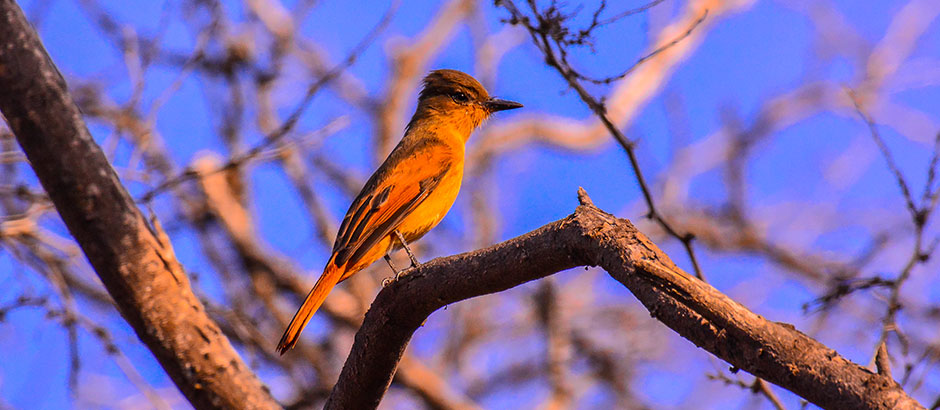
Monday to Friday from 8:30 - 13:00 h / 14:00 - 17:30 h.
| VALID FOR 1 DAY | VALID FOR 2 TO 3 DAYS | VALID FOR 4 TO 30 DAYS |
|---|---|---|
|
General Nationals Locals2 |
General Nationals Locals2 |
General Nationals Locals2 |
¹ Children from 5 to 16 years old. Children under 5 years old get free admission.
² Local residents with presentation of ID.
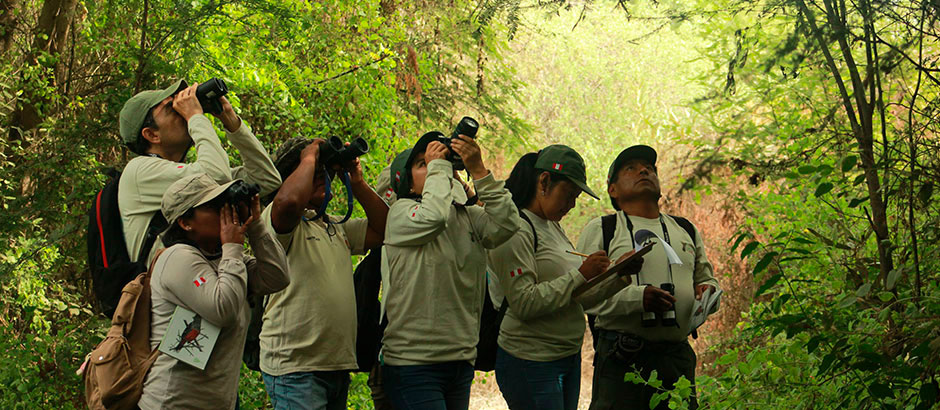
PNA Anniversary, june 1st, World Tourism Day, september 27th.
| From Lima to Chiclayo: | by air in 1 hour and 20 minutes. |
| From Lima to Chiclayo: | by land in 12 hours / 770 km. |
| From Chiclayo to Bosque Pomac: |
Here you can visit the Árbol Milenario (Millennium Tree), named for the local population. It is a carob tree (Prosopis pallida) that is almost 500 years old. The rural communities of muchik ancestry give it a mystical religious value due to its antiquity and imposing presence: a manifestation of this is the grotto that protects the wooden cross from the Árbol Milenario (Millennium Tree).
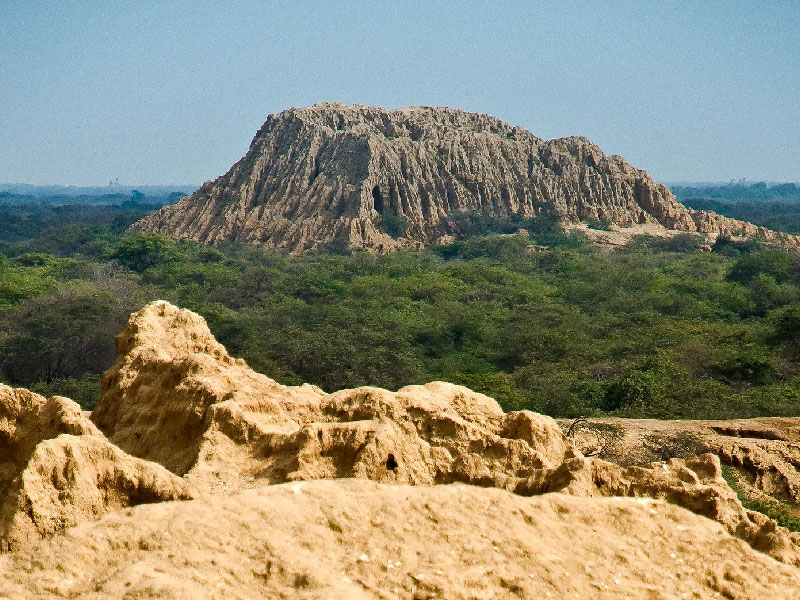
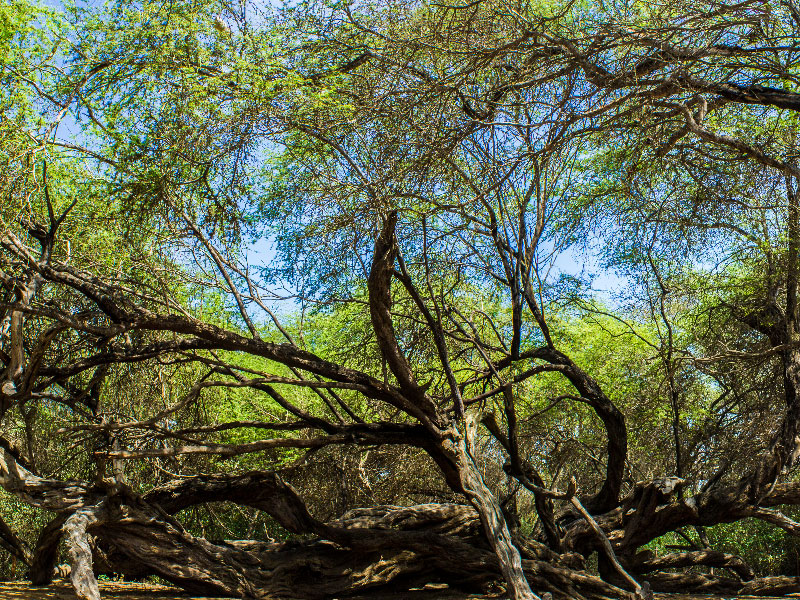
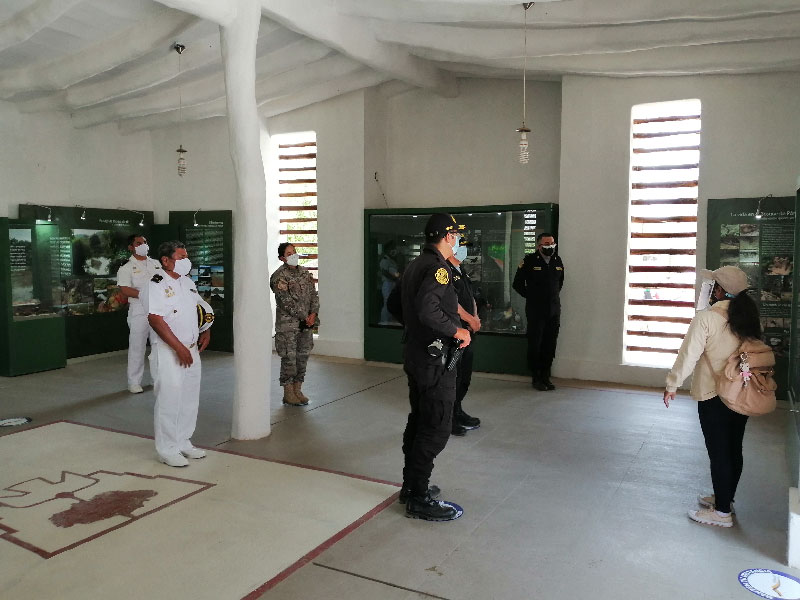
Minimum, 1 day.
Also find out which operators have the Aliados por la Conservación brand here
For bird lovers, Pomac is an essential place. It is one of the 03 routes that the Sanctuary has for birdwatching, called Old River, which has this name because it was the old riverbed of the La Leche or Lercanlech River, and where you can see various species typical of the dry forest, enjoying the different songs and colors of these species with which this ecosystem is shared. In addition, you can visit the Karl Weiss house: here, the German engineer Karl Weiss Schereiber introduced the technified breeding of the European bee and where the most important bee honey producing families of the Z.A. and the basin started this activity. This place functioned as a technified honey production center, the first in the country. Today, the warehouses and rooms used can still be seen.
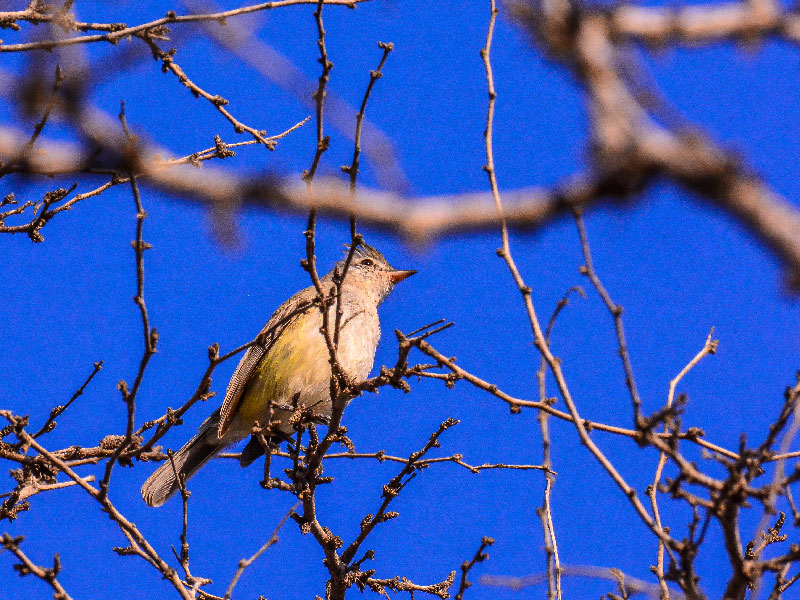
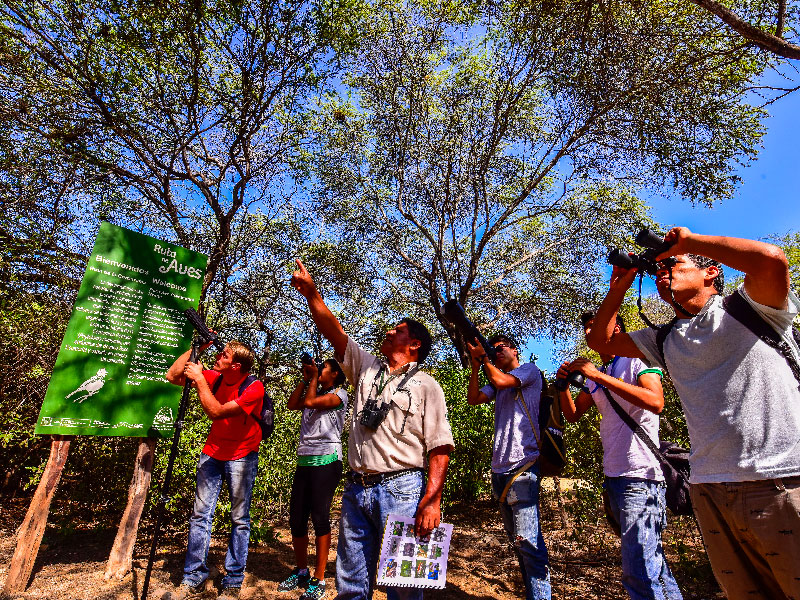

Half day.
Also find out which operators have the Aliados por la Conservación brand here
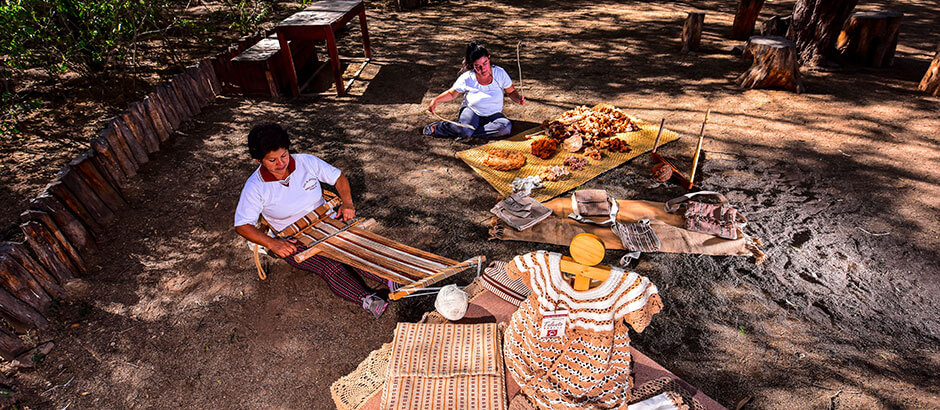
Visit the main attractions of the sanctuary by bicycle. Camp and take the tour in the afternoon to see an unforgettable sunset. The next day, watch the birds at 6:00 a.m.
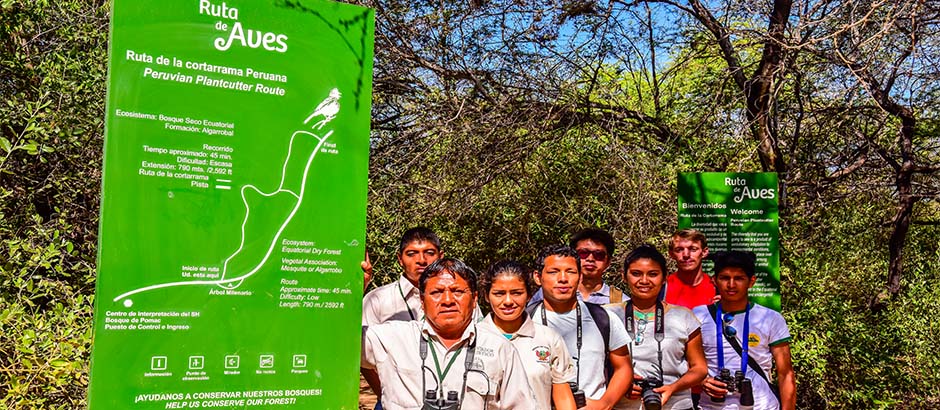
At the moment there are no tour operators
